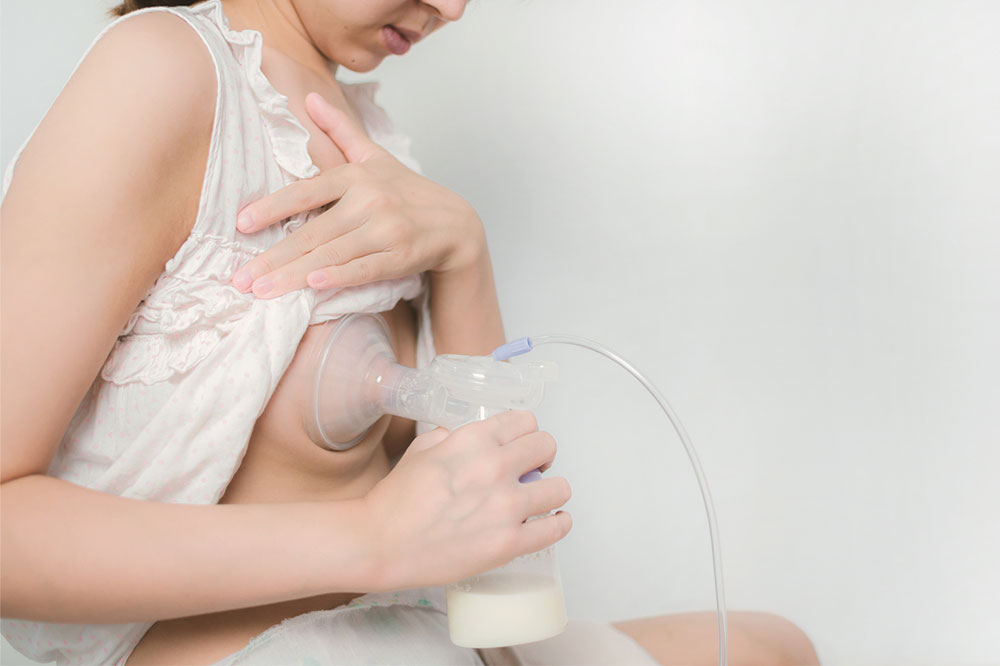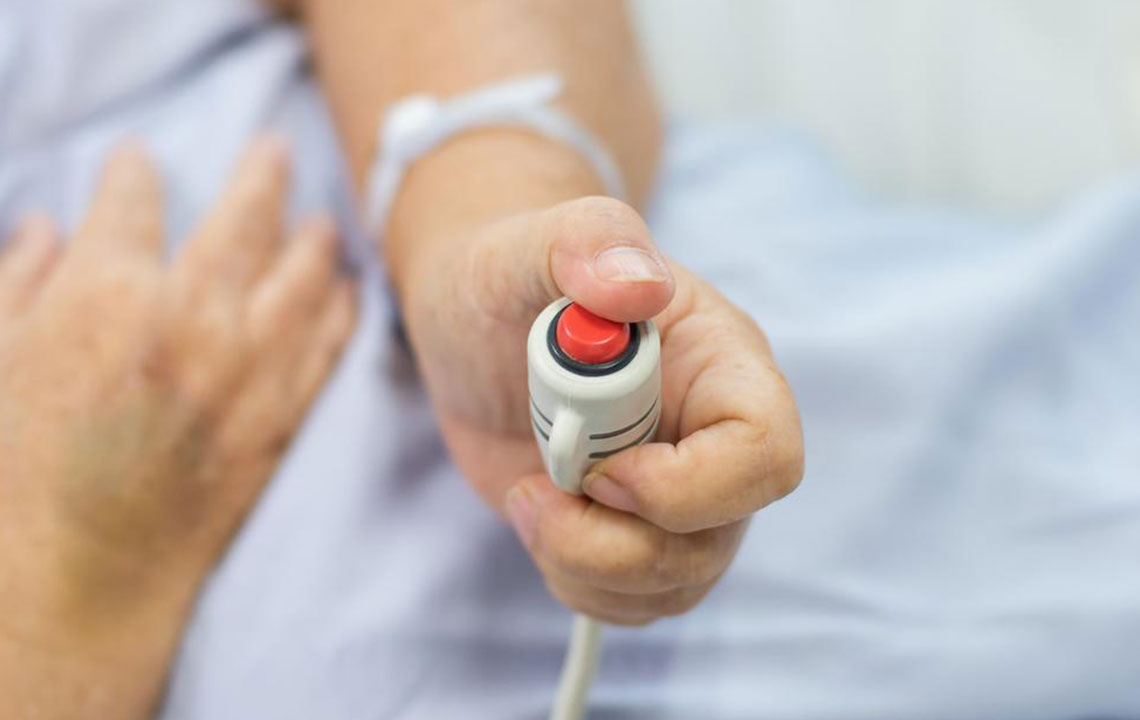Comprehensive Guide to Breast Pump Selection and Proper Usage
This comprehensive guide covers everything new mothers need to know about choosing and using breast pumps. From insurance coverage and types of pumps to cleaning routines, this article provides detailed insights to make informed decisions and promote safe, effective breastfeeding. Learn about eligibility, different pump options, and maintenance tips to ensure a smooth breastfeeding experience.

Comprehensive Guide to Breast Pump Selection and Proper Usage
For new mothers and breastfeeding women, choosing the right breast pump is a crucial step toward ensuring a successful breastfeeding experience. A dependable breast pump not only helps in relieving breast engorgement but also aids in maintaining milk supply, especially for working mothers or those with medical needs. Approved by health authorities such as the U.S. Food and Drug Administration (FDA), breast pumps are sophisticated medical devices engineered to support mothers' individual needs. Whether you’re a first-time mom or a seasoned breastfeeding veteran, understanding the essential aspects of selecting and using a breast pump can significantly improve your comfort and efficiency. This extensive guide answers common questions, offering valuable insights into insurance coverage, types of pumps, cleaning procedures, and key considerations to keep in mind during your purchase.
Does insurance cover the cost of a breast pump?
In recent years, health insurance policies have increasingly recognized the importance of breastfeeding, leading to expanded coverage for breast pumps under federal regulations. According to the Affordable Care Act (ACA), most health insurance plans are now required to cover the cost of breast pumps with minimal or no out-of-pocket expense for the mother. This initiative aims to promote breastfeeding and facilitate access to necessary equipment for new mothers, regardless of income level.
Therefore, whether you opt for an affordable basic model or a high-end, feature-rich pump, insurance reimbursement might be available. Despite this progress, awareness about coverage options can vary, and some mothers may not be fully informed about their benefits. To ensure you make the most of your insurance coverage, it’s advisable to contact your insurer before purchasing a breast pump. Key questions to ask include:
Which brands or models does my insurance plan cover?
Are there specific types of pumps included in my coverage?
Is a doctor’s prescription required to qualify for coverage?
Can I rent a high-grade pump under my insurance plan before my baby arrives?
Are there preferred providers or specific medical equipment vendors I need to use?
Most insurance providers will cover basic double electric pumps or even manual models, which are generally more affordable. For rental options or premium hospital-grade models, additional expenses may apply. Clarifying these details in advance can save time, money, and ensure you obtain a suitable device for your needs.
What type of breast pump aligns with my breastfeeding requirements?
One of the most vital factors when choosing a breast pump is understanding the different types available and how each caters to specific needs. The market offers a variety of pumps designed to suit different lifestyles, breastfeeding goals, and medical considerations. The primary categories include:
Manual breast pumps: These pumps operate entirely by hand, requiring manual effort to generate suction. They are portable, quiet, and ideal for occasional use or as backup options. Manual pumps are typically less expensive but may be less efficient for regular pumping sessions.
Single electric pumps: Featuring an electric motor that powers one flange, these pumps reduce manual effort. They are suitable for mothers needing occasional pumping or travel-friendly solutions but may take longer to empty breasts compared to double models.
Double electric pumps: These are the most popular choice for regular breastfeeding, offering simultaneous pumping from both breasts, which significantly reduces total pumping time. They provide adjustable settings for suction and speed, mimicking natural sucking patterns.
Hospital-grade pumps: Designed primarily for mothers with medical needs, multiple infants, or breastfeeding challenges, hospital-grade pumps offer superior suction and durability. They are typically rented from medical suppliers and feature advanced features for maximum efficiency.
Choosing the right pump depends on various factors, including lifestyle, frequency of use, comfort preferences, budget, and medical advice. Thorough research and consultation with healthcare providers can help determine the best fit for your specific circumstances.
How do I ensure thorough and safe cleaning of my breast pump?
Maintaining proper hygiene when using a breast pump is crucial, both for your health and your baby’s safety. Breast pumps and their components can harbor bacteria and mold if not cleaned adequately after each use. The FDA recommends rigorous cleaning routines to prevent infections and ensure optimal performance of your device.
Proper cleaning involves several steps:
Immediately rinse all parts that come into direct contact with breast milk with cold water to remove any residual milk or debris.
Wash each component individually using warm water and a mild liquid dish soap, gently scrubbing to eliminate milk residues and bacteria.
Thoroughly rinse all parts under warm running water for at least 10-15 seconds to remove soap and loosened debris.
Allow all parts to air dry completely on a clean towel or a dedicated drying rack to prevent bacterial growth.
It is also advisable to follow the manufacturer’s instructions for cleaning, sterilizing, and storing your breast pump components. Regular sterilization, especially of parts that contact milk directly, further ensures safety—boiling or using sterilizing bags or solutions is commonly recommended. By adhering to these maintenance routines, you can enjoy effective, hygienic pumping sessions and safeguard your baby’s health.
In summary, selecting the right breast pump involves understanding your personal needs, exploring insurance options, and following strict hygiene practices. Educating yourself about the different types of pumps, their features, and proper cleaning procedures can make your breastfeeding journey smoother and more successful. Remember to consult healthcare professionals for personalized advice and to ensure your chosen pump aligns with your medical and lifestyle needs. With the right equipment and knowledge, you can confidently support your breastfeeding goals while maintaining the health and safety of both yourself and your infant.





